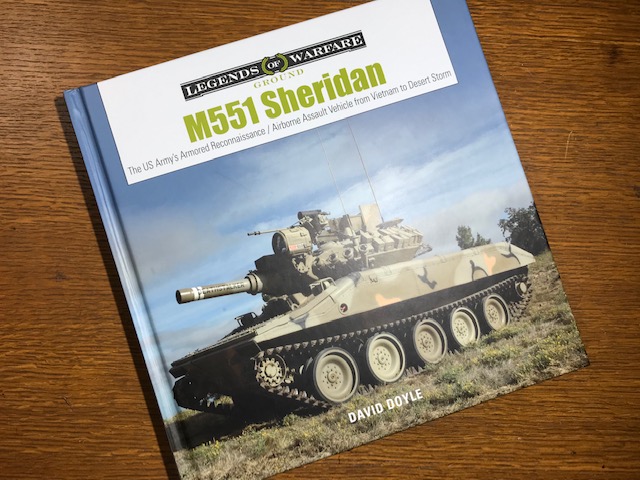Quoted Text
by the way Russ, I didn't know there was any shortage of missiles for the Shillelag system, I was under the impression it was not used a) because it was very complicated to use and b) there were not real threats in Vietnam war to use it.
As far as I know it there's only one confirmed kill with the Shillelag missile, first Gulf war.
Interesting news, thanks for that.
The missile was highly accurate, It wasn't that it was complicated to use, all the gunner had to do was keep the crosshairs on the target. Storage and maintenance of the missile were more complicated than a "conventional round" but firing it wasn't difficult. But it was very expensive for the time. It wasn't used in Vietnam for several reasons (it was tested there though). But the humid climate had an effect on the electronics, and a lack of suitable armored vehicle targets limited its usefulness there. The "shortage" of missiles I was referring to was due to the cost of each missile. Because of this, by 1976, missiles were not commonly available for training. My entire Squadron (54 Sheridans) was allocated only two missiles for each annual tank gunnery. Each missile cost nearly $5K, so they were only given to the two top scoring Sheridan crews to fire, while everybody else watched. And if you were one of the crews firing, you'd better not screw up-- it was pretty disheartening to see a $5K missile ground itself just short of the target. As a result, training rounds were all "conventional" rounds (there was really nothing "conventional" about the152mm round). The 152mm TP-T (Target Practice-Tracer) round was a huge solid hunk of aluminum, and produced such a recoil it would rock the entire vehicle back, often lifting the first road wheel off the ground, which in turn, played havoc with the entire drivetrain. Sheared final dives, transmission problems, and other shock related issues were very common. The missile had almost no recoil, but we were not allowed to train with it, so the frequent firing of the "conventional" round during training was less than ideal. The 152mm round was just 3mm short of a 155mm Artillery round, so the firing effect was quite a memorable experience. The standard HEP-T (High Explosive Plastic-Tracer) and HEAT-T (High Exeplosive Anti-Tank- Tracer) were a little better, but not by much, they all produced a heavy recoil-- and this accounts for much of the Sheridan's maintenace problems. The "Beehive" Anti-personal round used so effectively in Vietnam was very hard on the barrel, so those were almost never fired during training.
VR, Russ


















